Training run after training run can get monotonous, especially when you’re unsure if you’re actually making progress. To bring your training runs to the next level, we asked LUNA Athlete Michelle Barton to share her tips.
For street cred, here is a list of some of her most notable accomplishments:
Looking to step up your running game? Here's what she had to say.

1. USE SCIENCE TO TRAIN EFFICIENTLY
Figure out your Maximum Aerobic Function (MAF) pace, and use it to measure your progress. Dr. Phil Maffetone developed a system to help find your heart rate for the fat burning zone - which is what most endurance athletes aim to stay in for consistent performance and energy. The formula to find your heart rate is 180 minus your age (plus 5 if you are fit). For example if you’re 30 and in good shape, your MAF would be 155. To start using this info, pick a distance (IE 5K or 10K depending on your own fitness goals), run it at your Maximum Aerobic Function heart rate, and see how long it takes you. Repeat once a month, or once a week to try to lower your pace while remaining in the same HR zone. It is a very effective training method, and if you stick with it you’ll see measurable progress.
BONUS TIP: Download a cadence app on your phone. Optimal cadence is around 180 on a flat surface. That is the most efficient cadence to prevent over striding and/or landing on your heel.
2. DON’T OVERDO IT
Recovery runs are as important at speed work runs, and long runs. The key to successful training is to mix it up. Run different trails, different terrains, run fast(er) at least once a week, run long(er) once a week, and do a recovery run (once a week). Take 1-2 days off per week.
For a true recovery run, you can run at your MAF HR pace or lower. Breathe through your nose only on a recovery specific run. This will force your heart rate into a lower zone automatically.

3. REST IS IMPORTANT
Resting is training, too. You want to break the muscle when you train. You rebuild and get stronger on the days you rest. It allows your body to rebuild and recover on the muscular and cellular level. Don’t skimp on sleep during hard training weeks or hard training days. Sleep is when the body repairs itself.
4. RUNNING SHOULD FEEL GOOD
Running should not hurt. Running should be pain-free. Pay attention to your form and proper body movement. There are a lot of great YouTube videos on proper running form, and on proper biomechanics. Listening to your body is key to avoiding injury, and getting the most out of your running.
5. CROSS TRAIN
I love to incorporate mountain biking, indoor cycling on a trainer, and swimming because it strengthens different muscles. Also, since biking and swimming are non-weight bearing, they are great to do on rest days. Foam rolling is awesome for recovery, and a sports massage every couple months will help keep your muscles happy.
6. GET THE RIGHT GEAR
- It is super important to have the proper size and type of footwear specific to your needs. I can (and do) wear LUNA’s 24/7 in California. My favorite LUNA model is the Mono Gordo Winged Edition.
- A good hydration vest is a must. I use the Nathan Sports Vapor Howe 12L.
- To prevent chaffing I love Squirrel's Nut Butter. For Salt pills to keep electrolyte balance I use SaltStick.
- Find a drink you love in training so you can race with it. I use a combination of Vitargo, Xact Nutrition and Maurten. Find what works for your stomach and tastebuds.
- Get a SUUNTO, or GPS device with HR - my favorite is the SUUNTO 9 which has 120 hours of battery life! Heart Rate is a great indicator of being under-recovered, overtrained, lack of sleep, or over-stressed. Suunto is great to track every run, pace, elevation gain, and HR. It even has safety features (like breadcrumbs and trackback), so if you get lost off course, you can find your way back.
- The product 'Correct Toes' are amazing for keeping your feet in a natural shape. They help to restore your original foot shape and widen the toes. They feel awesome to wear as well.
7. REMEMBER WHY YOU STARTED
Run free, and have FUN! Set goals, choose a goal race or two for the year, and work on steadily increasing your weekly mileage, and pace. Kuirábá (we are one in Raraumuri language)!!!

FOLLOW @MICHELLEMBARTON ON INSTAGRAM TO KEEP UP WITH HER!
HAVE TIPS YOU'D LIKE TO SHARE? LEAVE THEM IN THE COMMENTS BELOW!
 Free Shipping from $105
Free Shipping from $105 wear for 30 days risk free
wear for 30 days risk free
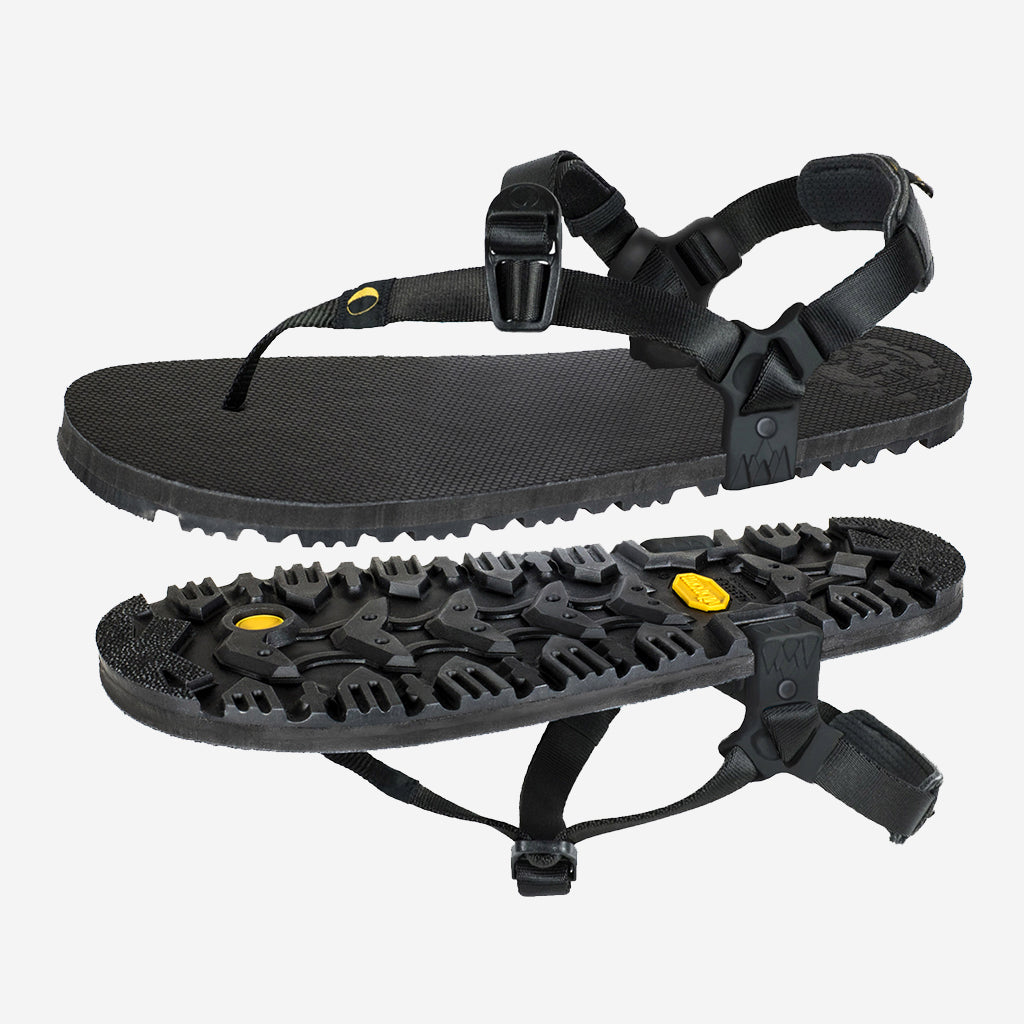
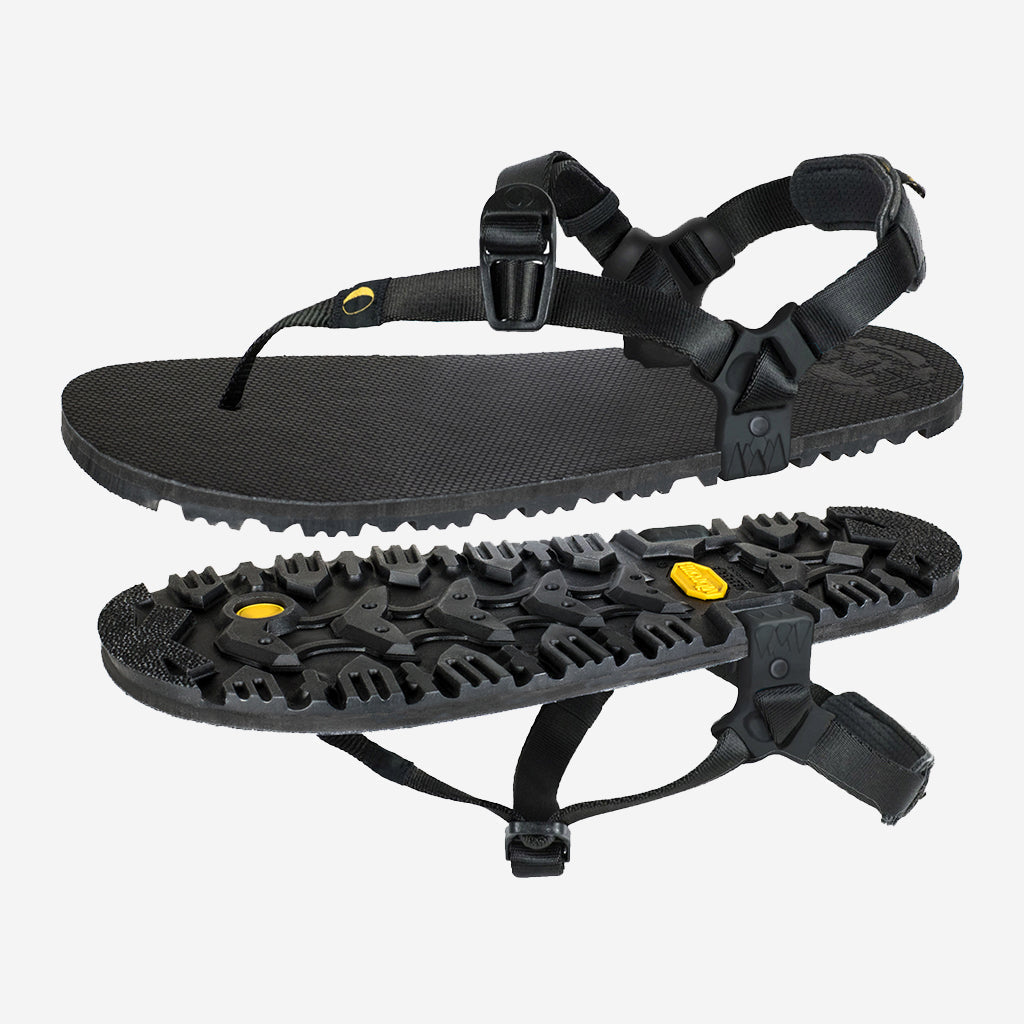
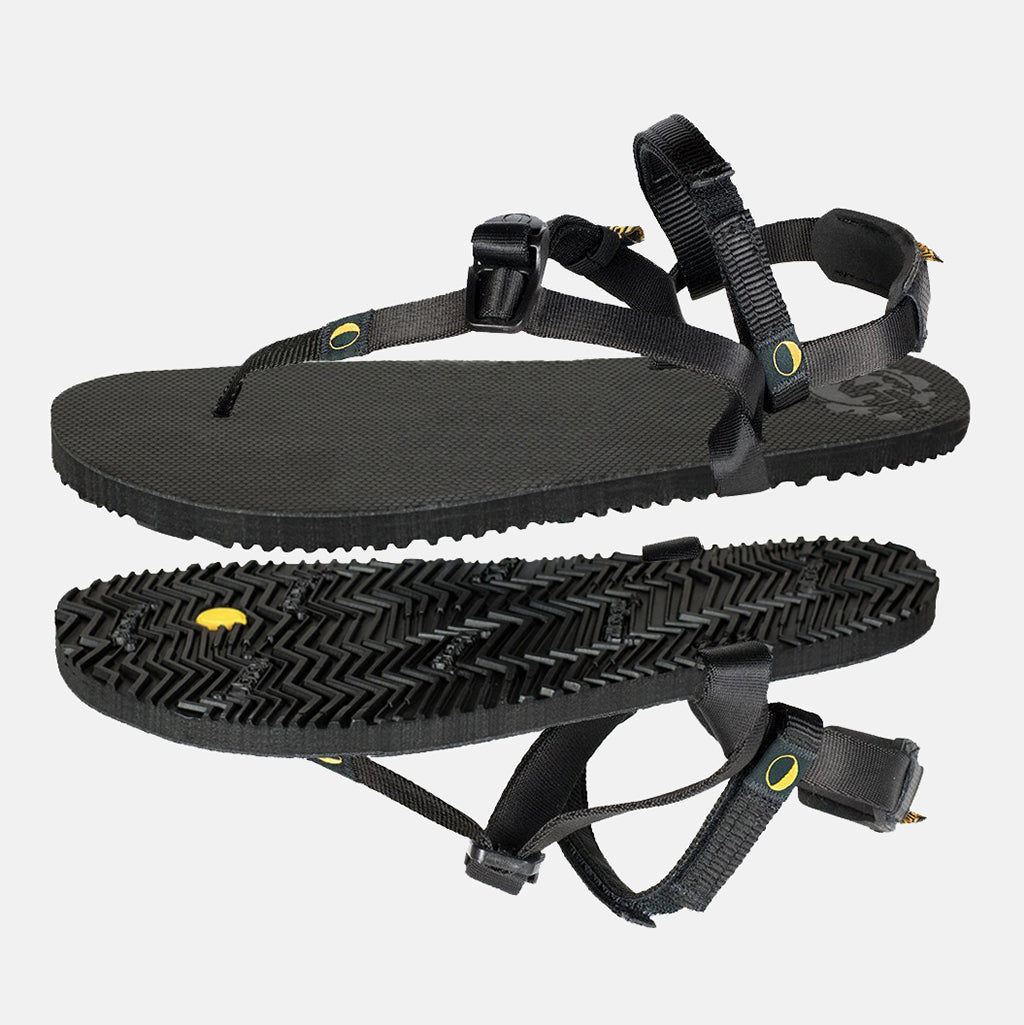


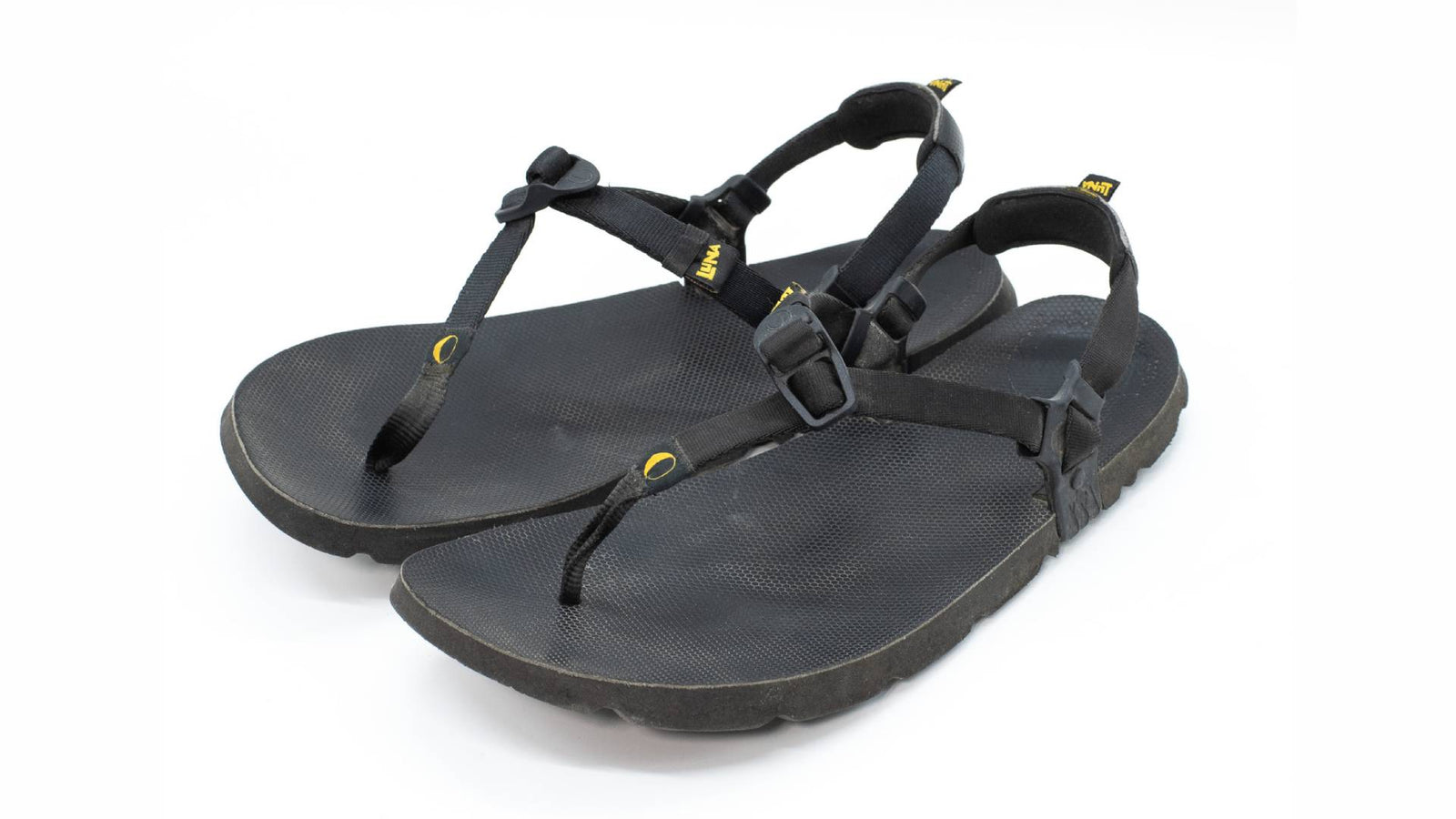



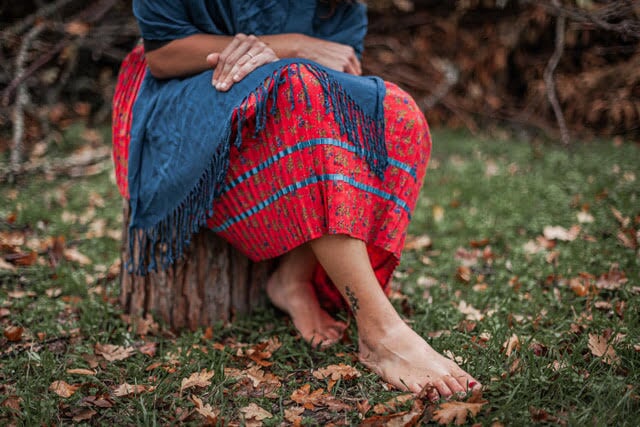

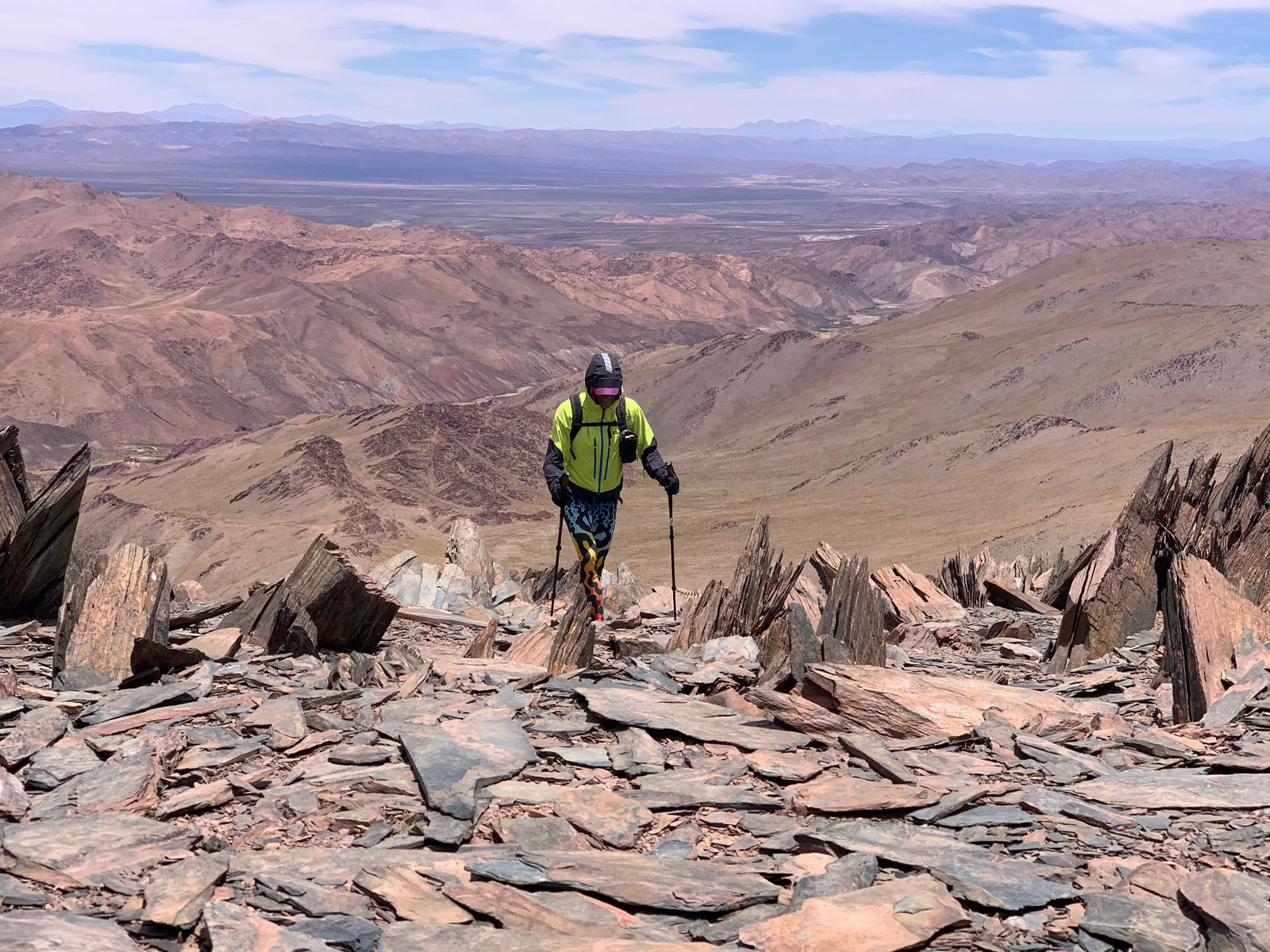
Kristian Brown
March 08, 2021
Some great advice there and food for thought , very inspiring to see someone so clearly talented and experience to say the least , wearing the Luna’s , I just got my first pair and am so pumped about transitioning to some long runs ..
Just trying to read and not push to hard to avoid injury ..
So far so good 🤞